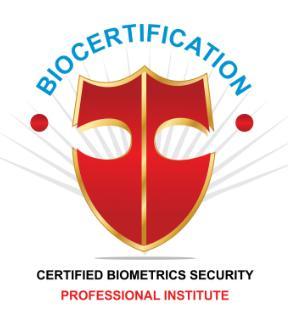
Despite promising statistics, work on fingerprint biometric presentation attack detection continues.
According to presenters at a two-day online event organized by the European Association for Biometrics (EAB) and led by EAB’s Dinusha Frings and Marta Gomez-Barrero of Hochschule Ansbach, work on detecting presentation attacks against fingerprint biometric systems is continuing to progress, but even assessing the effectiveness of current methods is not entirely consistent across the region.
Techniques for detecting fingerprint presentation attacks (PAD) based on deep learning algorithms and other models, as well as additional sensors such as pulse or illumination sensors, were discussed. The development of PAD assessment methods and criteria was influenced by real-life cases of presentation attacks.
The event began with a presentation by Gomez-Barrero on the subject, followed by a tutorial on new concepts and metrics in the field of fingerprint biometric presentation attack detection.
Some of the presented models and methods can be used for PAD with a variety of biometric modalities with little adaptation, and models within a single modality are frequently found to be significantly less effective for some attack types, such as transparent fingerprint overlays, than for others, such as fake fingers.
While some fingerprint PAD mechanisms have demonstrated an accuracy of over 99 percent, there are still a number of issues to be resolved. Testing in practical situations with highly qualified attackers and generalizing for unknown attack styles and instruments remain difficult.
The first day’s presentations focused on PAD on mobile device fingerprint scanners, the suitability of finger impedance for presentation attack detection, and the second day’s presentations focused on volumetric data segmentation of fingerprints and sweat ducts, as well as the functional implications of the ISO/IEC 30107 norm. Gomez-Barrero moderated a panel discussion on the state of the art with members from states, academia, Secunet, and Generic. Stephanie Schuckers of Clarkson University gave a presentation on FIDO certification and PAD, and Gomez-Barrero gave a presentation on FIDO certification and PAD.
Impedance, like many other fingerprint PAD methods, has potential, but it needs to be refined further to improve the protection of fingerprint biometrics against presentation attacks.
The final panel debated whether academic and industry research on PAD accurately represents the actual threat posed by expert attackers, and whether multi-modal biometric systems would replace PAD technology.
In June, the EAB, in collaboration with NIST and eu-LISA, will host a workshop on fingerprint image quality assessment.
Reference:- Biometricupdate.com



